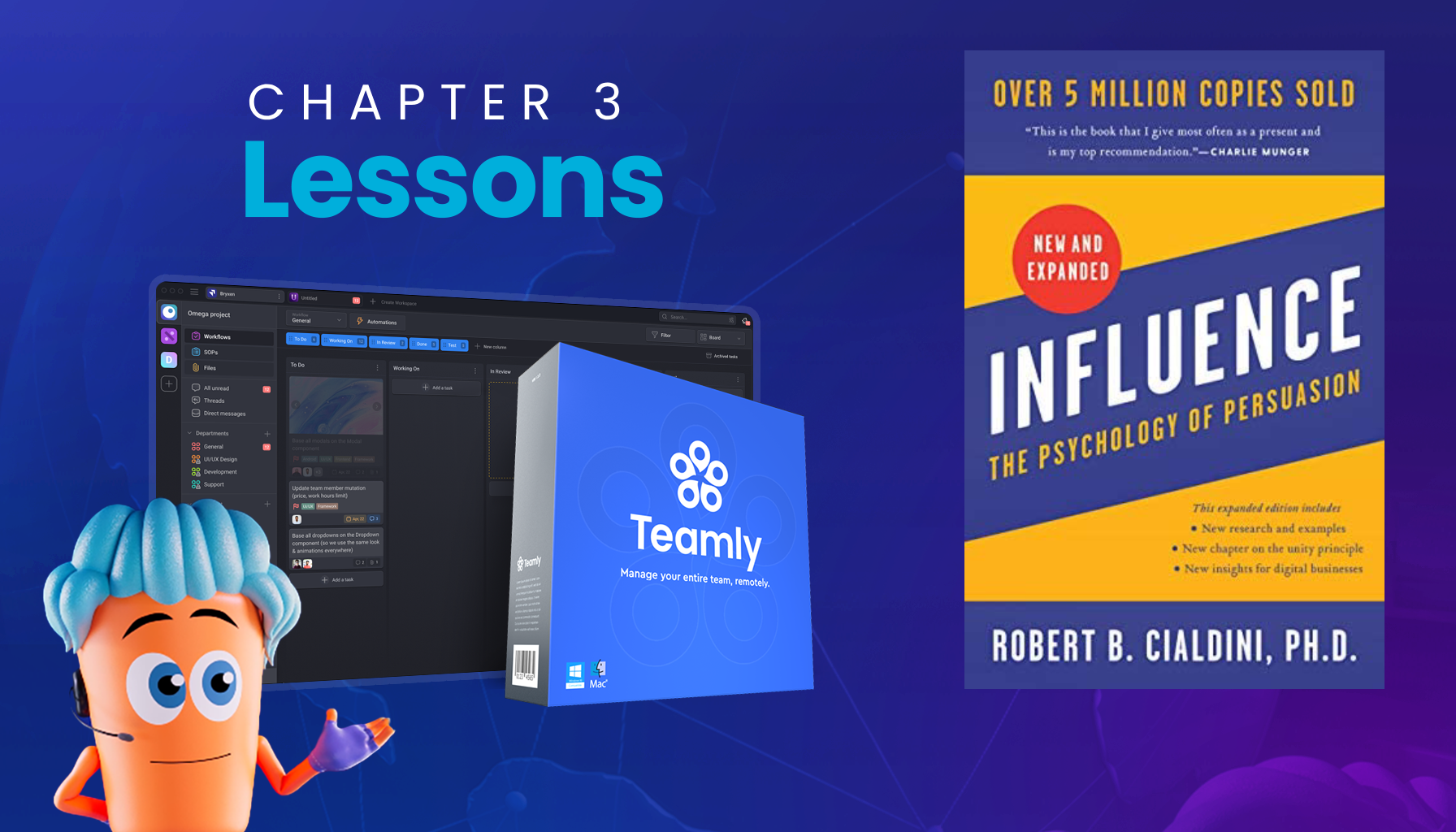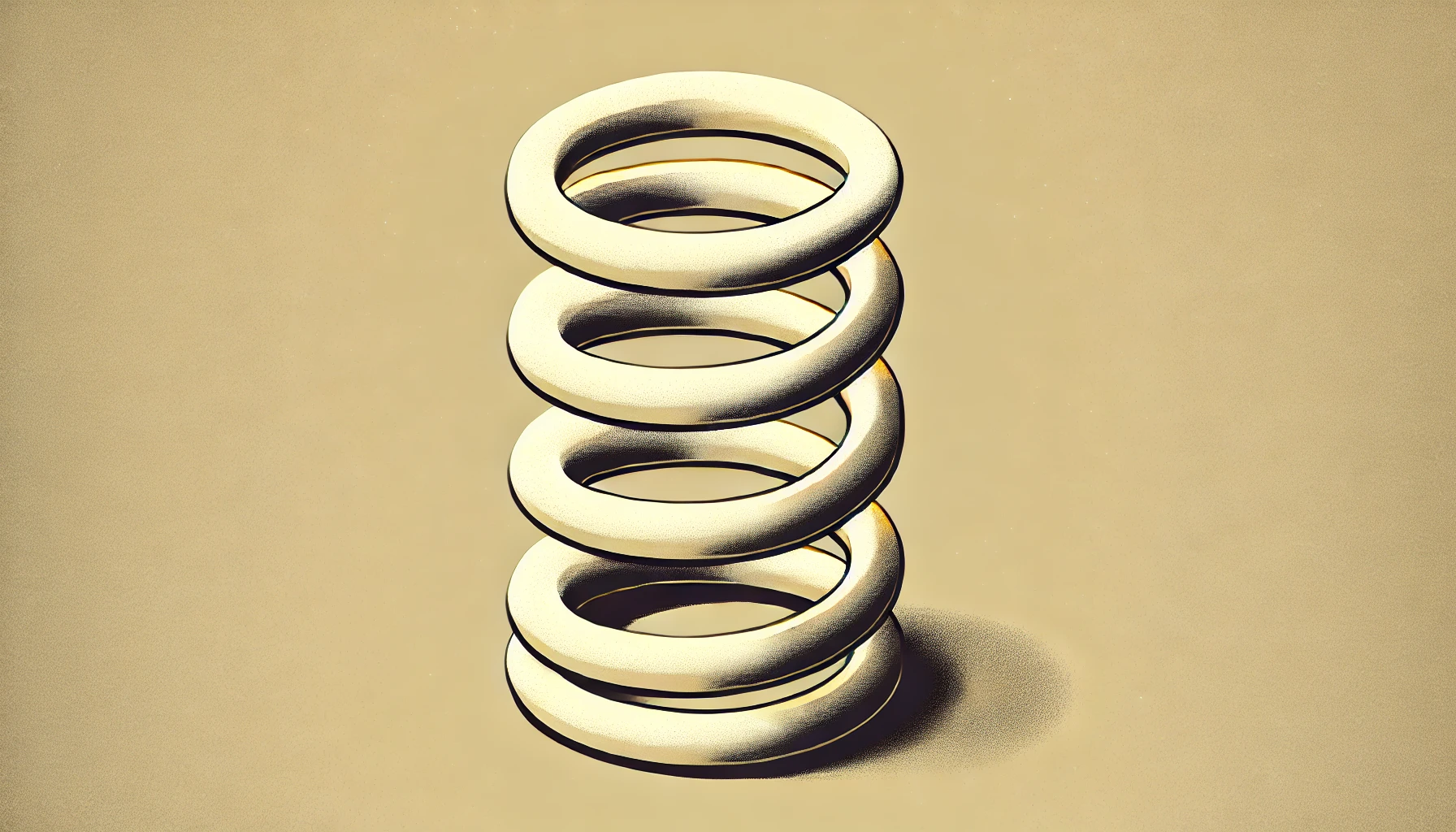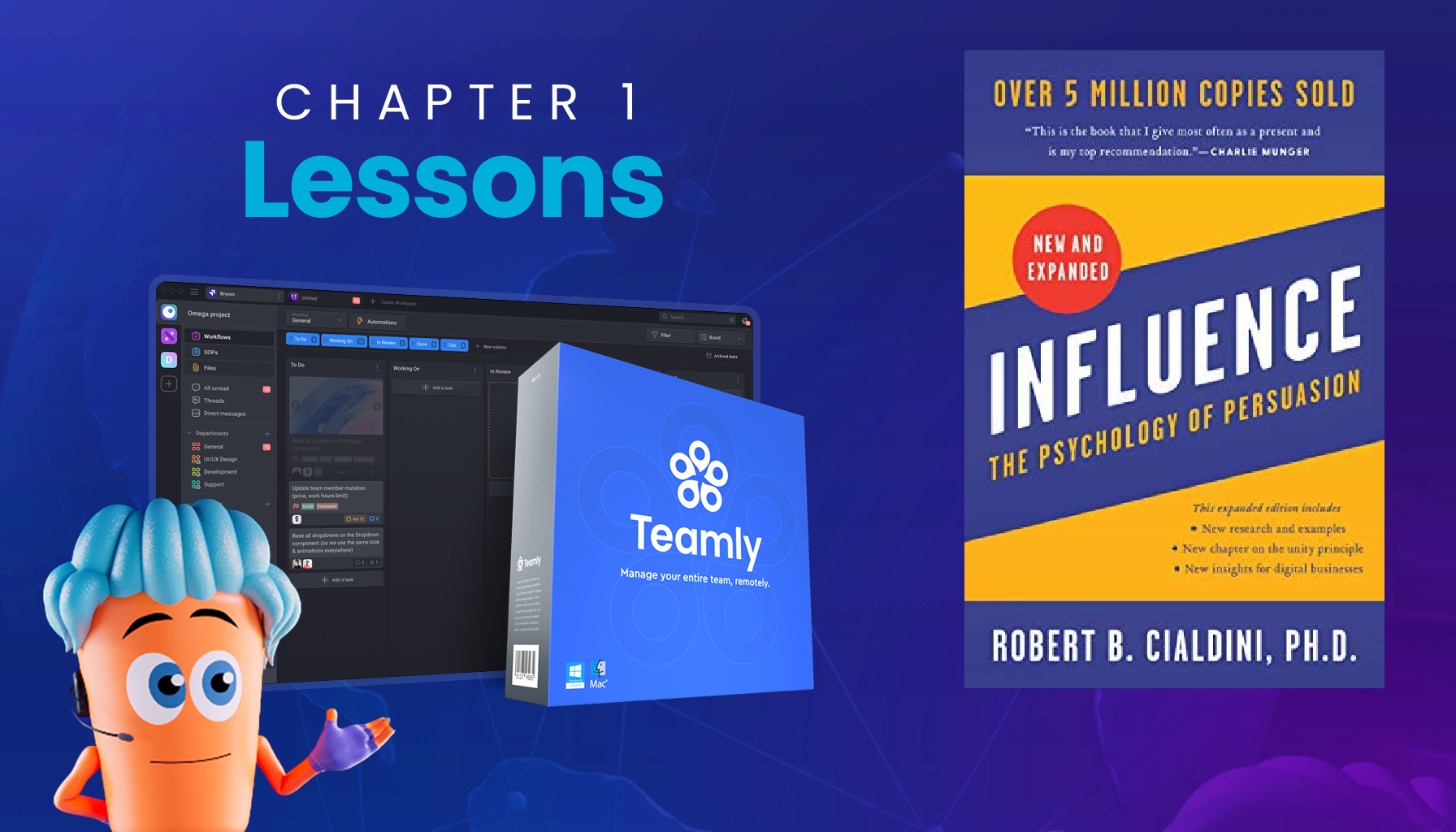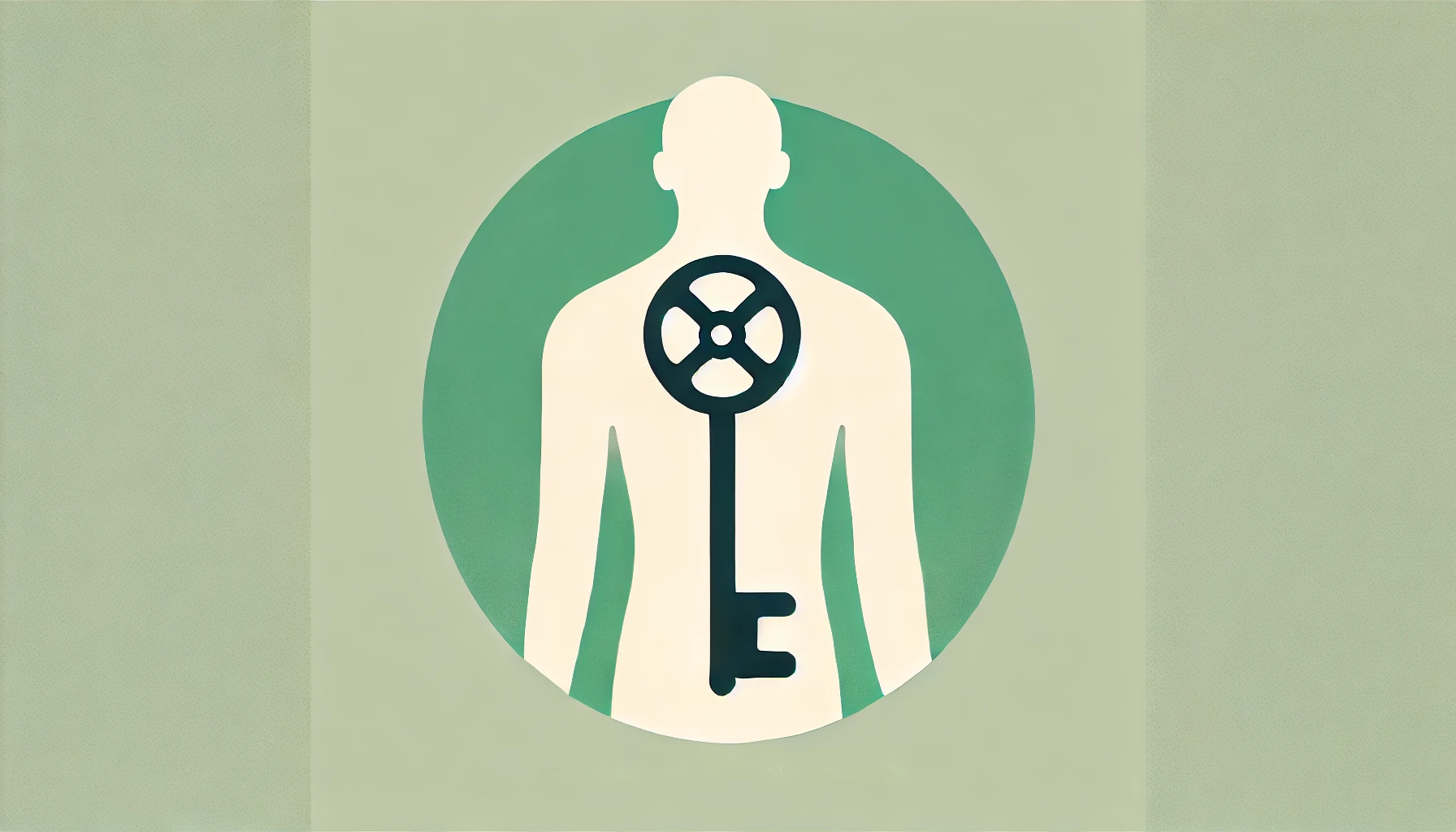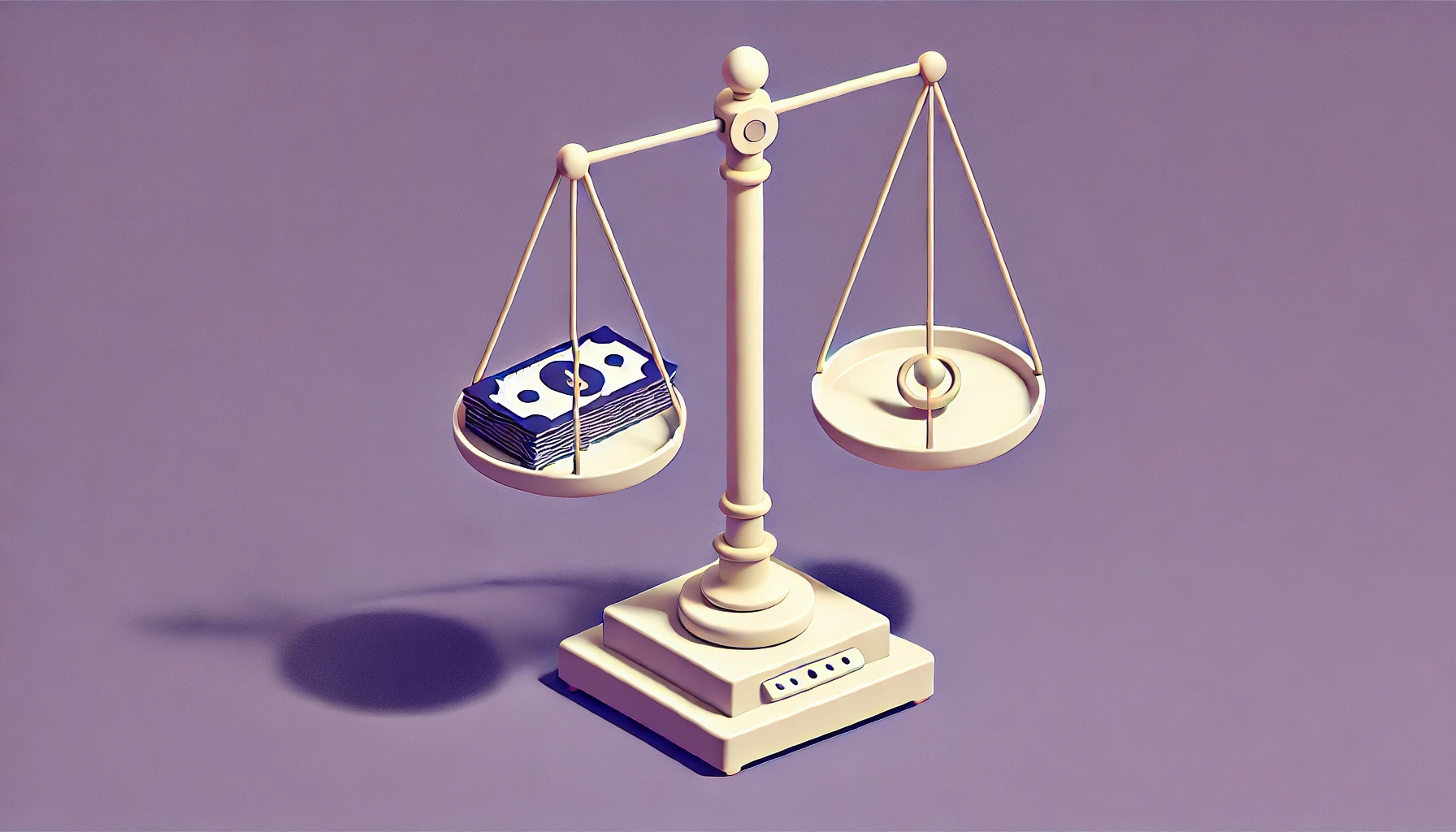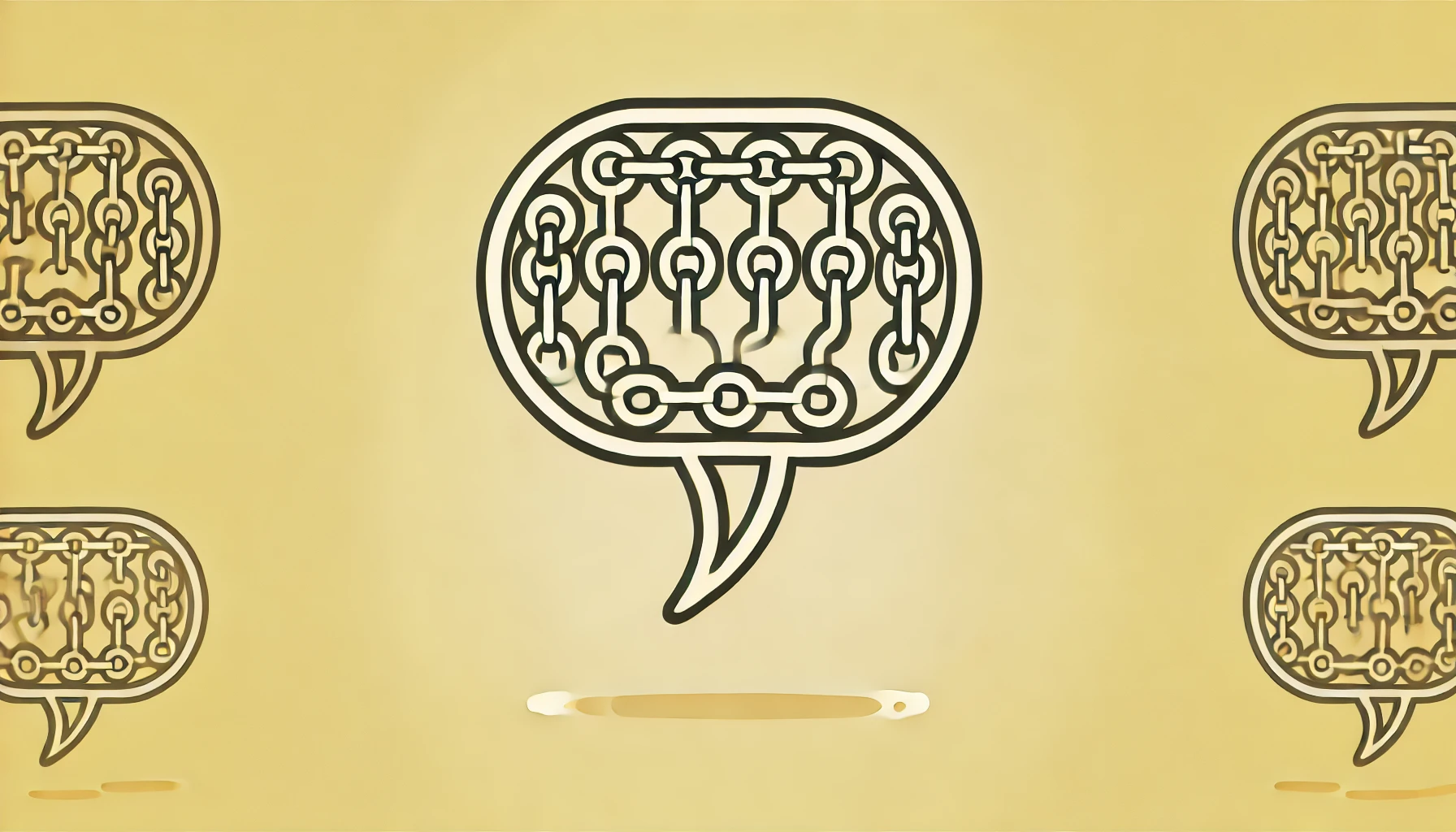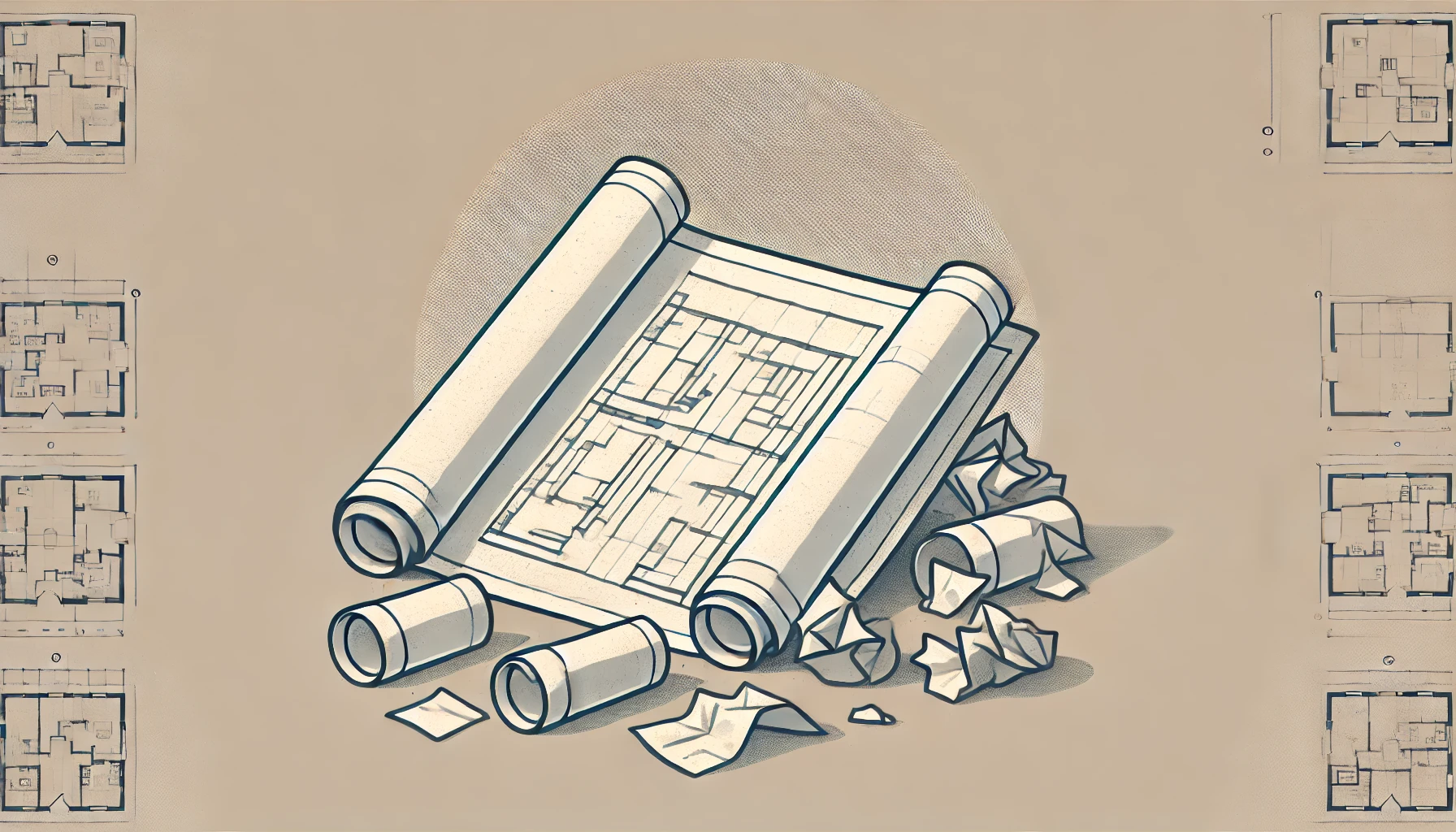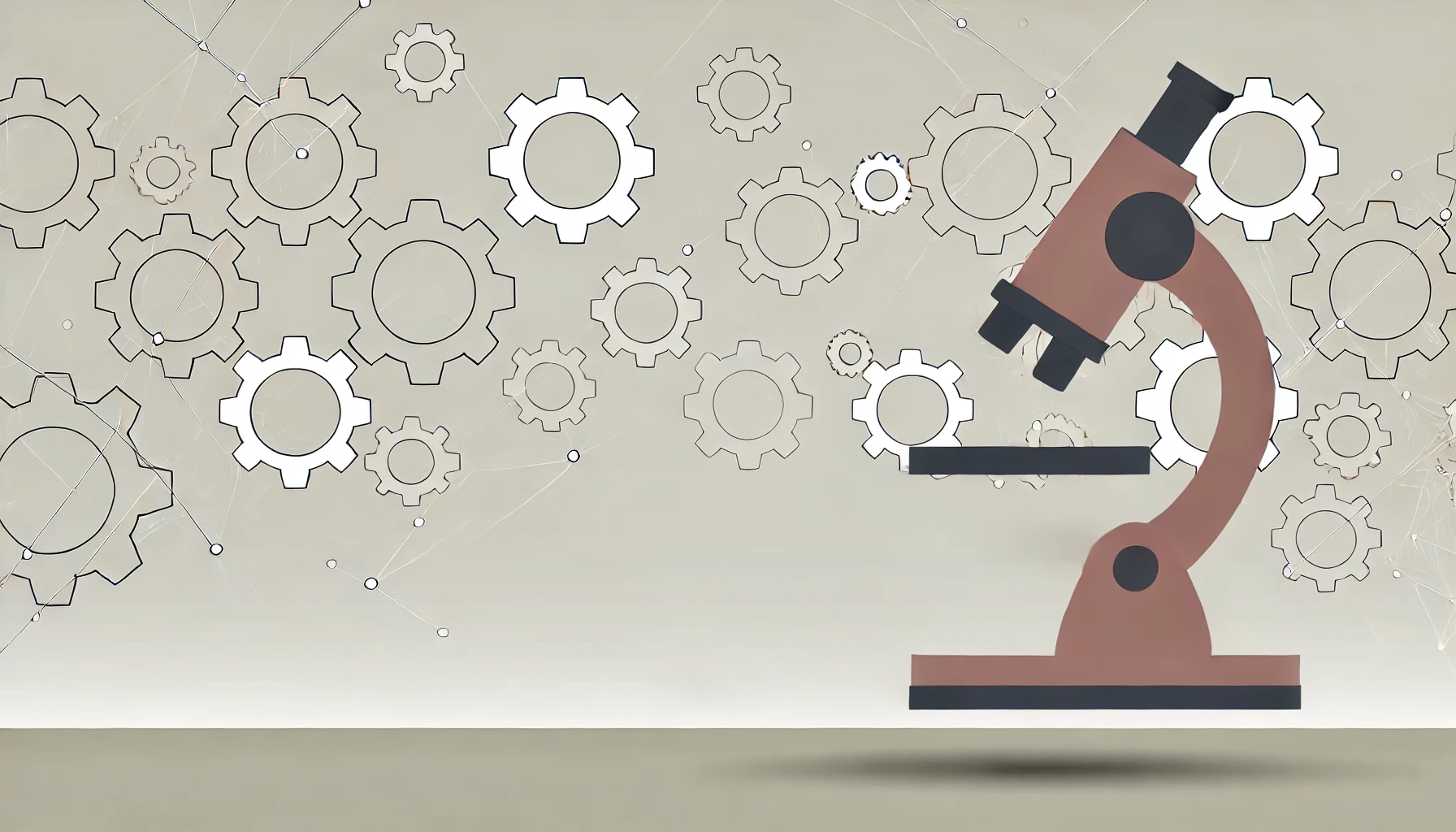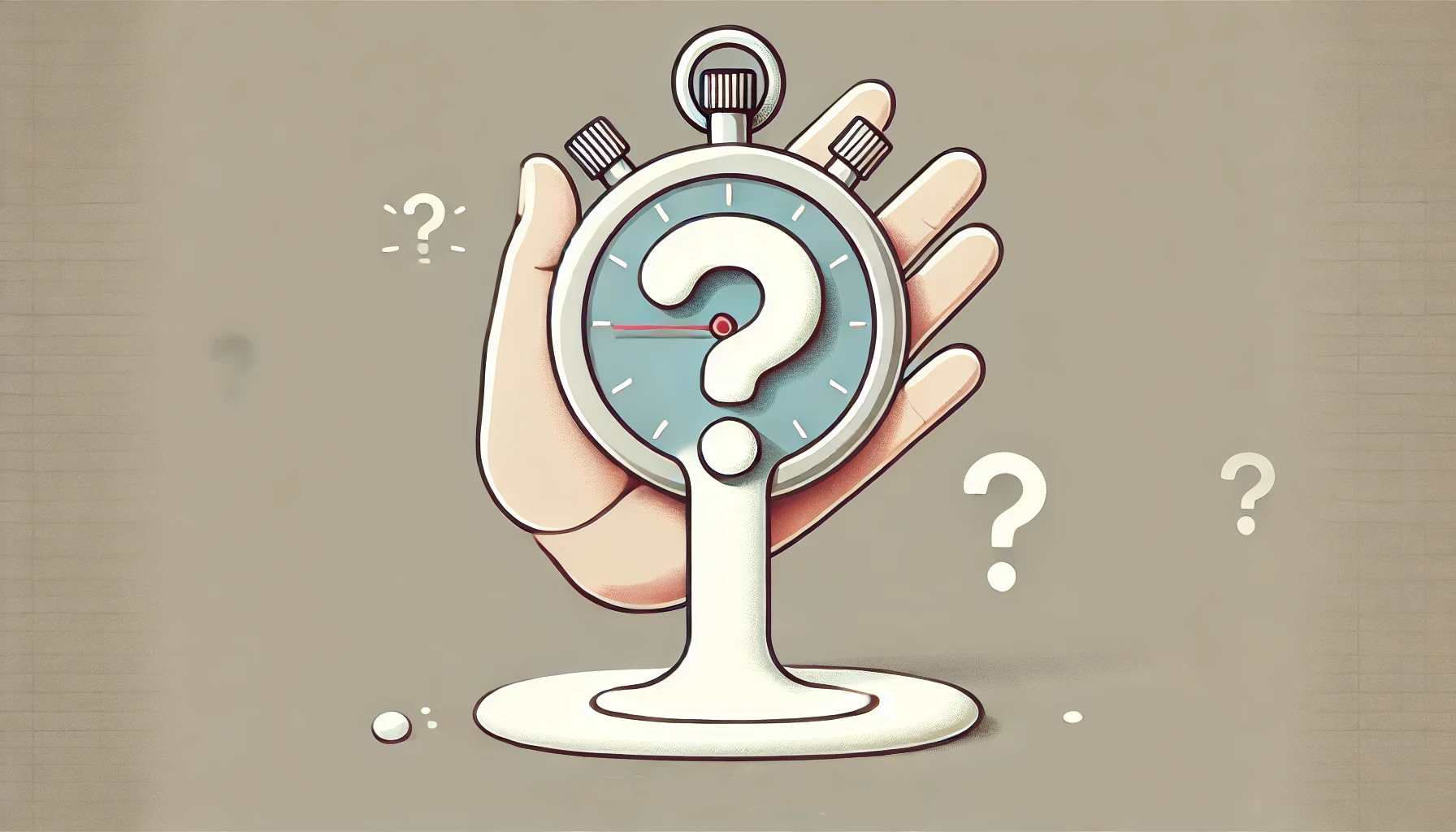In Chapter 3 of Influence: The Psychology of Persuasion, Robert B. Cialdini reveals why people are astonishingly likely to say “yes” to those they find likable.
This deceptively simple idea—called the “liking” principle—sits at the heart of countless sales tactics, marketing campaigns, and everyday interactions.
The details of how it plays out are fascinating, and anyone who wants to communicate more effectively (or protect themselves from undue persuasion) would benefit from this chapter’s insights.

Physical Attractiveness: More Than Just Looks
Cialdini cites research showing that attractiveness may hold more persuasive power than many realize.
The so-called “halo effect” explains how a single positive attribute—like physical beauty—can color judgments about an individual’s overall character. Attractive people often appear more talented, honest, or kind, purely because of an unconscious mental shortcut that says, “Good-looking equals good.”
In practical terms, this phenomenon makes physically appealing sales representatives or spokespersons unusually effective.
They may sell more products, command higher tips, or close more deals, even if their good looks have nothing to do with the service at hand.
The halo effect has been replicated in hiring decisions and even in voter preferences for political candidates. Many participants in these studies flatly denied that a person’s appearance influenced their decision, but the data suggested otherwise.
Similarity: Subtle Forms of “Just Like You”
Chapter 3 also highlights similarity as a potent driver of liking.
Marketers and compliance professionals use this factor by mirroring a prospect’s opinions, clothing choices, hobbies, or even speech patterns.
Studies show that the smallest commonalities—like having the same first name or sharing a hometown—can spark surprising levels of goodwill. As soon as a potential buyer thinks, “This person is just like me,” there’s a heightened willingness to cooperate or comply.
Car salespeople are trained to look for any clue about a customer’s interests: camping gear in the trunk, golf clubs in the back seat, or bumper stickers for a certain sports team.
By commenting on these items (“You enjoy weekend golf? Me too!”) or by echoing a customer’s speech style, the salesperson leverages that sense of shared identity. In an instant, the buyer is nudged to feel, “I like this person. We have so much in common.”

Compliments: The Magnetic Pull of Praise
Few approaches forge goodwill as rapidly as a compliment. Cialdini cites studies where participants liked people who praised them, even if the flattery was transparent or inaccurate.
This “click, run” response to positive feedback defies logic; individuals may be fully aware that a flatterer stands to gain something, yet they still feel a compelling urge to return the kindness.
Restaurant servers who compliment diners’ menu choices receive higher tips. Stylists who remark, “That cut looks perfect on you,” prompt bigger tips.
Job candidates who compliment an interviewer come across as more engaged and personable. It may be no surprise that Joe Girard, hailed as the world’s “Greatest Car Salesman,” mailed out monthly greeting cards to thousands of customers that simply said, “I like you.” Even seemingly generic flattery has real power.
Familiarity: Repeated Contact Under Positive Conditions
The chapter delves into how repeated exposure—or familiarity—can bolster liking, so long as the contact is generally pleasant or at least neutral.
This dynamic is why advertisers saturate the market with the same commercial, or why political campaigns rely on repeated name recognition. Over time, people tend to develop comfort and positive feelings toward something they frequently see or hear, even if it’s only on a subconscious level.
However, Cialdini emphasizes that repeated exposure alone is not a magic formula for guaranteed liking.
If the experiences are negative or adversarial, the effect can worsen prejudices or animosity. The nature of the contact matters.
When individuals or groups encounter each other in a cooperative atmosphere, the repeated interactions lead to stronger bonds. But if every meeting is tense or competitive, no amount of familiarity will turn the situation friendly.
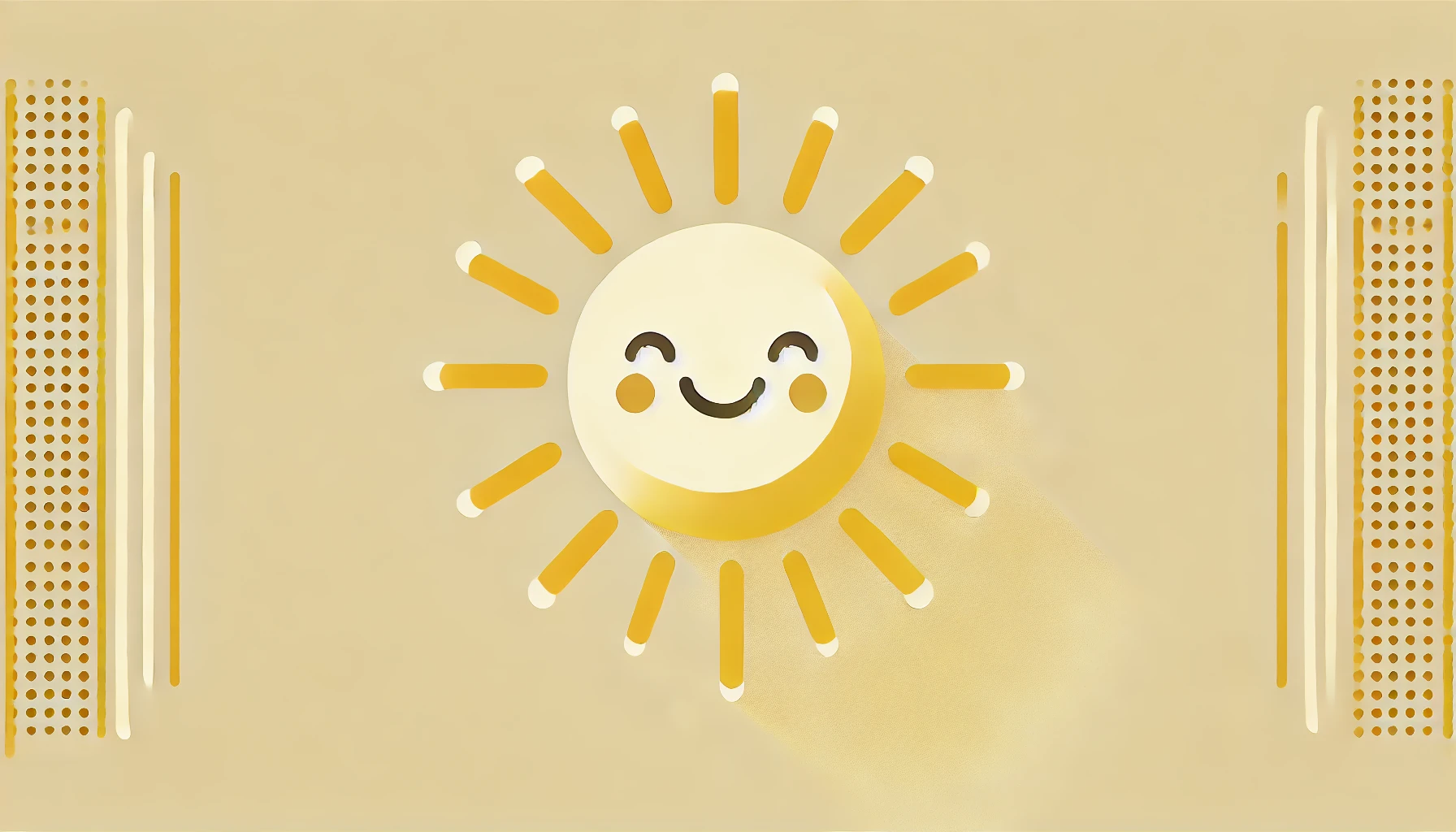
Association: Linking One’s Image with Success
A key aspect of Chapter 3 is the power of association.
People transfer the feelings they have for something to anyone or anything that happens to be nearby, delivering the news, or brandishing a related symbol.
This phenomenon explains why sports fans say “We’re number one!” when their team wins, yet quickly switch to “They lost” in moments of defeat. By claiming the team’s achievement as one’s own, even superficially, an individual can elevate a sense of personal prestige. When the same team loses, that potential for “loser” association evaporates as fans detach themselves.
Corporations, advertisers, and politicians keenly exploit this principle. Celebrity endorsements (whether by an athlete like a tennis star endorsing racquets or an actor touting a brand of wristwatch) rest on the same logic: fans associate the product with the endorser’s positive traits—talent, glamour, prestige.
The identical dynamic shows up in big sponsorship deals at sports events like the Olympics or the Super Bowl. Companies pay large sums to display their logos next to heroic athletes, hoping that the glow of victory or star power will reflect onto their brand.
Everyday Examples of Association
- Sale Signs: Many shoppers habitually respond to signs that say “SALE,” even when no actual discount is involved, because that label has been linked historically with good prices.
- Celebrity Linkage: Politicians or local campaigns often attempt to attach themselves to big-name stars to give their initiatives a “likeable” halo.
- Sports Fandom: Wearing a team’s jersey after a big win is a socially acceptable way to share in the euphoria, even for fans who had little direct involvement.

Defense: Recognizing and Neutralizing Unwarranted Liking
The end of Chapter 3 addresses a common dilemma: if liking can be triggered by so many factors, how can anyone guard against manipulative uses of charm or flattery?
Cialdini’s recommendation takes the form of a jujitsu-style defense. Rather than trying to block every route through which someone might inspire affection (appear attractive, show similarity, deliver compliments, etc.), the savvy approach is to monitor the effect that these tactics have.
In simpler terms, it helps to notice when feelings of warmth, rapport, or fondness seem disproportionately strong for the length or context of an interaction. If after 20 minutes of conversation, a car salesperson feels like a lifelong pal, that’s the signal to take a mental step back.
The idea is not to punish the salesperson or become hostile; genuine friendliness should not be automatically condemned. Instead, the critical move is to separate the person from the proposal.
One can ask, “Am I on the verge of making a purchase because of actual benefits, or because the salesperson is attractive, seems similar, or offered compliments?”
That moment of objectivity can cut through undue emotional influence. The result is a clearer decision process, driven by facts about the product or service rather than an artificially pumped-up sense of liking for the requester.
When a compliance request is looming—perhaps a pitch to buy software, a car, or a subscription—this same principle applies.
Over time, the more consistently one trains this mental reflex, the less likely it is to be swayed by surface-level manipulations. Spotting “undue liking” early allows the brain to say, “Wait, it’s time to evaluate the real merits, not just the messenger.”
Adopting a clear decision framework can also help, much like the functionalities in Teamly software that keep team objectives transparent and focused on results, rather than personalities.
It’s not about distrusting friendly people—only ensuring that a friendly approach does not overshadow the core value of the offer.

Closing Thoughts on Chapter 3
Chapter 3 of Influence delivers a thorough overview of why “liking” is such a formidable force. It reveals that physical attractiveness, similarity, compliments, familiarity, and association can combine to produce surprisingly powerful results.
Understanding this principle sheds light on many otherwise baffling behaviors—like starstruck endorsement deals, Tupperware “home parties” that succeed by leveraging friend-to-friend persuasion, or Joe Girard’s genius-level approach to making each customer feel personally liked.
The guidance offered in Chapter 3 encourages readers to savor genuine connections—while remaining watchful for the moment liking tips the balance toward compliance for reasons unrelated to the best interests of the buyer.
For those who want to dig deeper and discover the full range of examples, practical stories, and research behind this principle, the new and expanded edition provides a remarkable resource.
Get your copy of Influence: The Psychology of Persuasion (New and Expanded) on Amazon
